Lost-wax casting, advanced soldering techniques, and texturing with surface manipulation are three pivotal metalworking techniques for enhancing jewelry design. Lost-wax casting offers intricate detailing by shaping molten metals. Soldering employs controlled melting for seamless connectivity, while advanced methods like pick and sweat soldering improve precision. Texturing utilizes hammers, rollers, and chemicals to enhance the visual appeal with patterns and patinas. These methods highlight both craftsmanship and artisanship, and there’s much more to explore about them.
Lost-Wax Casting
Lost-wax casting, a centuries-old technique, begins with the creation of a wax model that represents the desired jewelry piece. This intricate process is pivotal in jewelry fabrication, allowing artisans to achieve complex designs and fine details through precision metalworking. The wax model is encased in a ceramic shell, later fired to enhance its resilience. Once the wax is melted away, molten metals like gold, silver, or bronze fill the void, forming exquisite handcrafted jewelry. This advanced jewelry technique demands skill and precision, as each meticulous step influences the final product’s quality, showcasing the artistry inherent in metalworking for jewelry.
Advanced Soldering Techniques
While mastering jewelry design, advanced soldering techniques stand as a cornerstone for creating intricate and high-quality pieces. These techniques involve using different solder types—hard, medium, and easy—to control melting temperatures, vital for precise assembly in professional jewelry making. Sweat soldering seamlessly connects metals without visible seams, while pick soldering allows precise placement of small solder amounts, necessary for intricate designs. Utilizing metalworking tools for jewelry, such as heat-resistant soldering blocks, guarantees consistent temperatures and prevents distortion. Incorporating flux in these artisan jewelry techniques prevents oxidation, achieving clean bonds and professional finishes, fundamental components of advanced metal forming techniques.
Texturing and Surface Manipulation
How can jewelers transform metal into enchanting art? Through advanced metalworking techniques, particularly texturing and surface manipulation, artisans dramatically enhance jewelry’s visual appeal. Methods like hammering and rolling impart unique patterns, while texture plates offer distinctive finishes. Creative metalworking further includes patinas, altering metal hues with chemical solutions or heat for antiqued or vibrant effects. Techniques such as etching enable intricate designs by acid removal. Riveting and fold forming add structure and texture with shape manipulation. Advanced tools, like rolling mills and embossing dies, guarantee consistent textures, reflecting innovative jewelry design in both efficiency and aesthetic unity.
Conclusion
In the domain of jewelry design, mastering advanced metalworking techniques is essential for creating intricate and unique pieces. Lost-wax casting allows for the reproduction of detailed designs, while advanced soldering techniques guarantee strong and seamless joins. Texturing and surface manipulation add depth and character to the final product. By honing these skills, jewelry designers can push the boundaries of creativity and craftsmanship, producing pieces that are not only beautiful but also a tribute to their technical prowess.
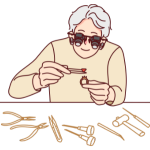
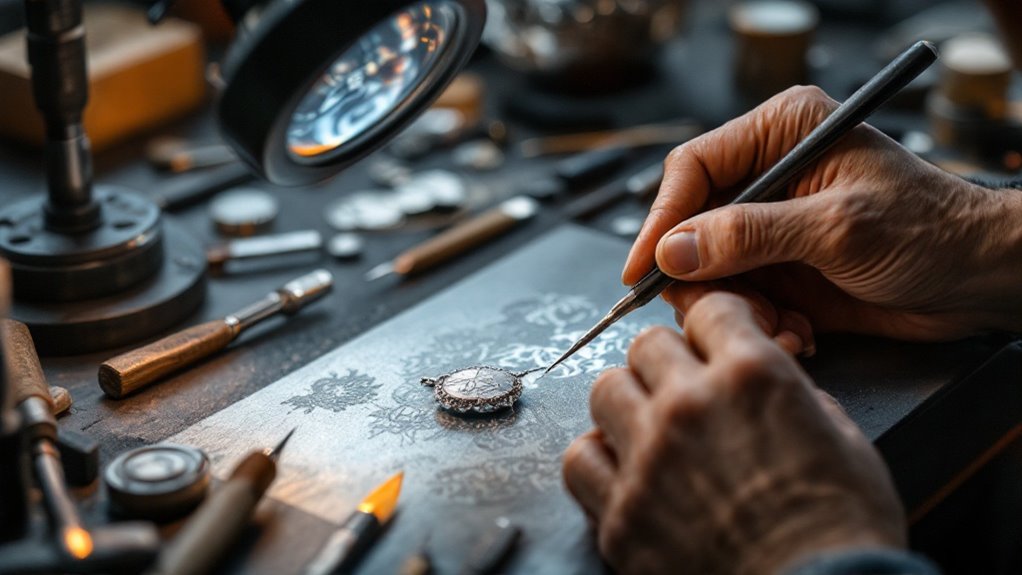
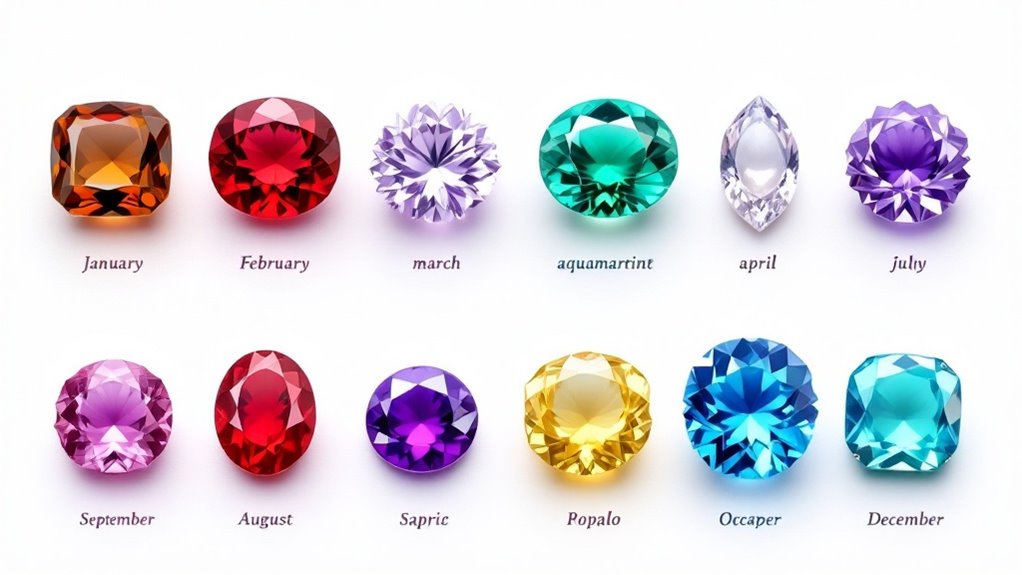
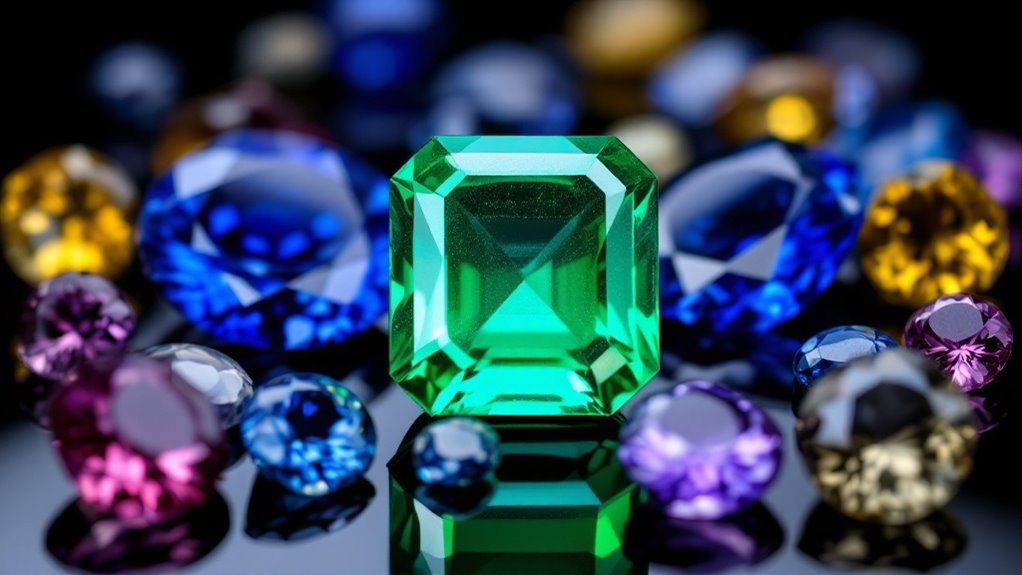
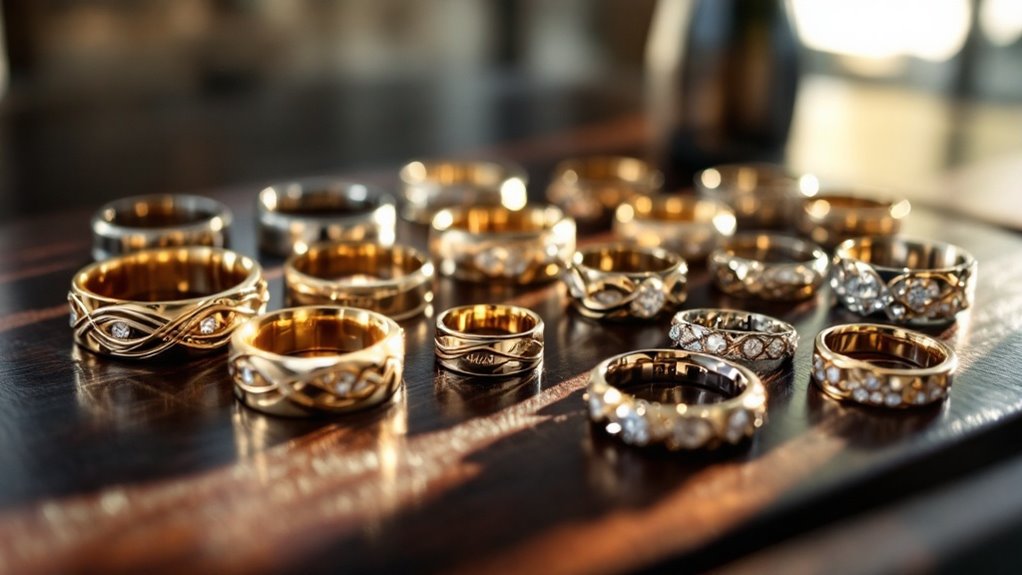
Leave a Reply